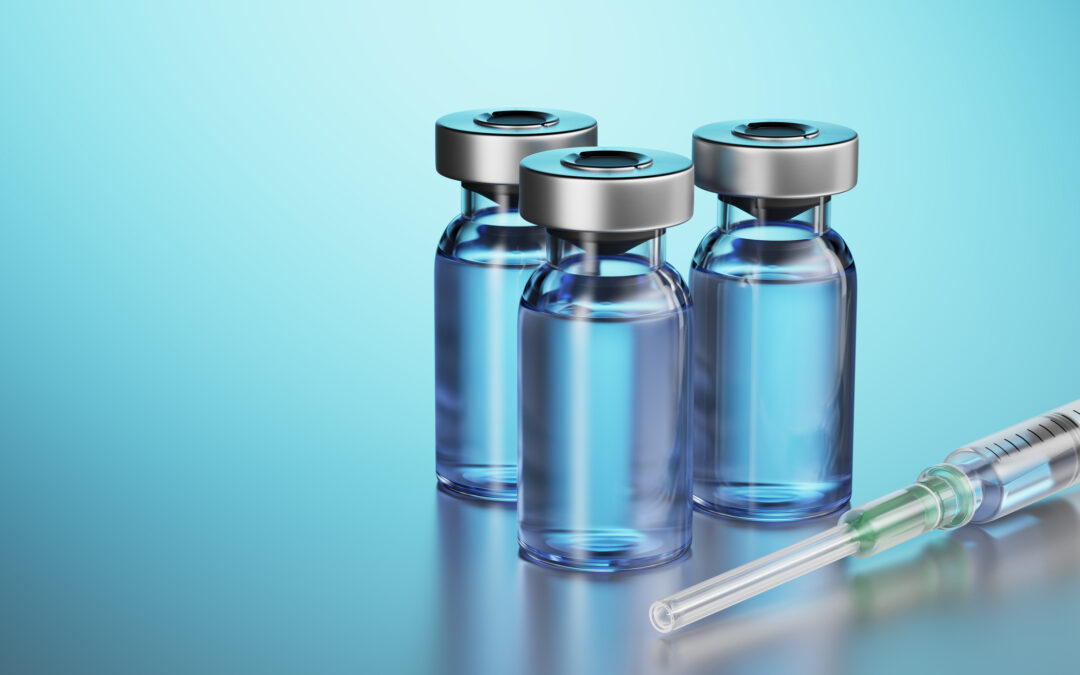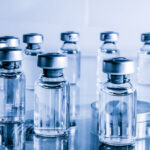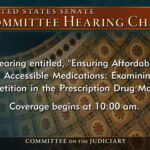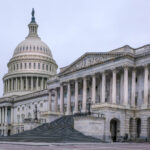Trends in the US Insulin Market: New Prices, New Players, New Dynamics
Alex Brill
Insulin, a drug first developed more than 100 years ago, has experienced a surge in political interest in recent years following dramatic price hikes. According to a recent study, the mean list price of long-acting, short-acting, and human insulin products increased by more than 100 percent from 2012 to 2019. At the same time, the net price—that is, the price after discounts and rebates—rose at a significantly slower rate or actually fell because of steep increases in negotiated manufacturer price concessions. Nevertheless, some patients experienced substantial out-of-pocket costs for insulin. This dichotomy fueled political anger in both parties, particularly as insulin prices contributed to a broader frustration over pharmaceutical pricing trends generally.
In the last few years, the insulin market has changed in important ways. First, the list price of insulin has collapsed. In March 2023, the three major manufacturers—Eli Lilly (maker of Humalog and the follow-on biologic Basaglar), Novo Nordisk (maker of Levemir, Novolin, and NovoLog), and Sanofi (maker of Lantus and Toujeo)—announced that they would drop the list prices of their products by 65–78 percent. The price cut for Humalog went into effect May 1, 2023, while the other cuts became effective January 1, 2024. In the fourth quarter of 2023, Eli Lilly reported a decline in US revenue for Humalog of 50 percent compared to the same period in 2022. In effect, the era of high list prices and high rebates for insulin is over.
Second, the insulin market has become more competitive, and more products competing for the same patients foster new price pressures on manufacturers. At the end of 2021, Semglee, a biosimilar of Lantus marketed by Biocon Biologics, entered the US market. Last April, another Lantus biosimilar, Rezvoglar (Eli Lilly), launched. Both biosimilars are interchangeable with Lantus, allowing pharmacists to substitute them for Lantus without a doctor’s involvement. Beginning in 2022, Express Scripts has given Semglee preferred status on its national formulary, further promoting the new competitor. According to IQVIA, “Across all patients, benefit design changes combined with the availability of biosimilars are contributing to falling insulin costs.”
In addition to the two currently available Lantus biosimilars, there are six additional Lantus biosimilars in various stages of development. Further, biosimilars for Humalog, NovoLog, and Toujeo are all in the development pipeline, including products from five manufacturers without a currently marketed insulin.
Third, Washington has affected the insulin market. Following the public outcry over insulin prices, Congress enacted provisions in the Inflation Reduction Act (IRA) that capped the out-of-pocket cost for insulin for Medicare patients at $35 per month. This reduced the out-of-pocket cost for roughly 37 percent of patients on Medicare, according to the Department of Health and Human Services (though it may have resulted in slightly increased premiums for other beneficiaries). Given that about half of all patients requiring insulin are Medicare patients, the direct effect of the IRA policy benefits one in five insulin users. In addition, Eli Lilly and Sanofi announced a $35/month out-of-pocket cap for non-Medicare patients, and Novo Nordisk began offering financial assistance to qualifying patients.
Taken together, these trends have yielded an insulin market that is quite different than it was just five years ago. This is good news for patients who rely on insulin and good news for drug competition.












